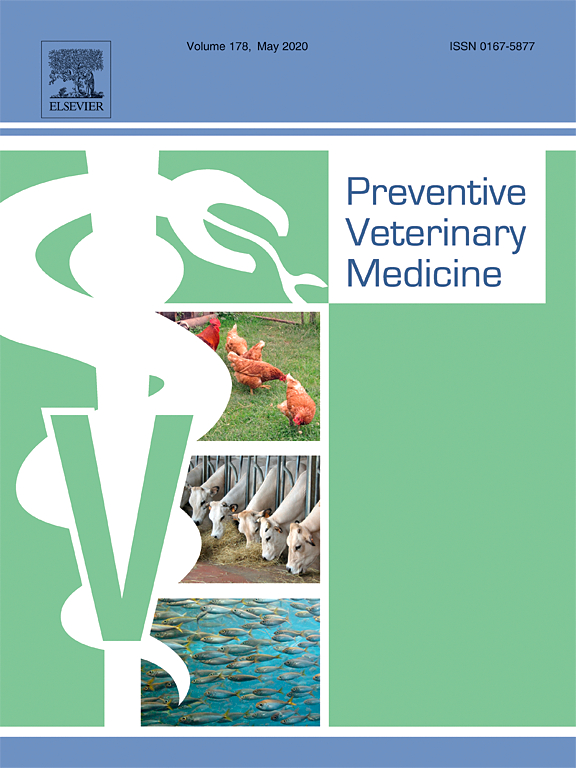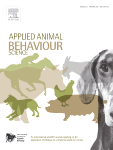Document type: Scientific article published in Preventive Veterinary Medicine
Authors: R.E. Crossley, E.A.M. Bokkers, N. Browne, K. Sugrue, E. Kennedy, B. Engel, M. Conneely
Preview: Large-scale investigation of risk factors for multiple welfare indicators in hybrid pasture-based dairy systems is scarce. Our objective was to identify grazing season welfare risk factors on spring-calving, hybrid pasture-based dairy farms where cows experience periods of both grazing and housing. Herd-level data were collected from visits to 93 farms in the primary dairy producing counties of Ireland. Zero-inflated beta regression analysis was used to assess potential associations between categorical management and resource factors, and commonly measured animal-based welfare indicators: locomotion, body condition, nasal and ocular discharge, tail injury, integument damage, and avoidance behaviour. To account for small sample size due to elimination of farms with missing data, analyses were conducted on both a dataset of complete cases, and a dataset where missing values had been substituted for the most common response through single imputation. Resulting risk factors from both methods of analysis were compared for each indicator. Analyses identified 14 risk factors associated with one or more welfare indicators. The proportion of lame cows was positively associated with a previous housing period of four months or more compared to three months, all cubicles being outside recommended lengths and repairing roadways every two to three years compared to either annually or more than every four years to never. The proportion of cows below minimum target grazing body condition score of 2.75 was negatively associated with participation in elective herd disease-testing in the past year. The proportion of cows with tail lacerations was positively associated with using a single breeding method, not employing part-time staff and not using brisket boards in cubicles. Previous housing period length was significantly associated with the proportion of cows with integument damage, although the direction of association was unclear. Moderate to severe nasal discharge was positively associated with collecting yard holding times of ≤ 60 min compared to > 90 min. Ocular discharge was negatively associated with manual health record-keeping and a collecting yard below the recommended area of 1.4 m2/cow. The proportion of cows with an avoidance response distance > 1 m was positively associated with herding cows without a dog present and having no additional full-time staff. Multiple risk factors were related to the housing period, suggesting that potential carry-over effects of housing management on welfare persist into the grazing period. This emphasizes the need for research to consider both housing and grazing periods in the management of welfare in hybrid pasture-based systems.






